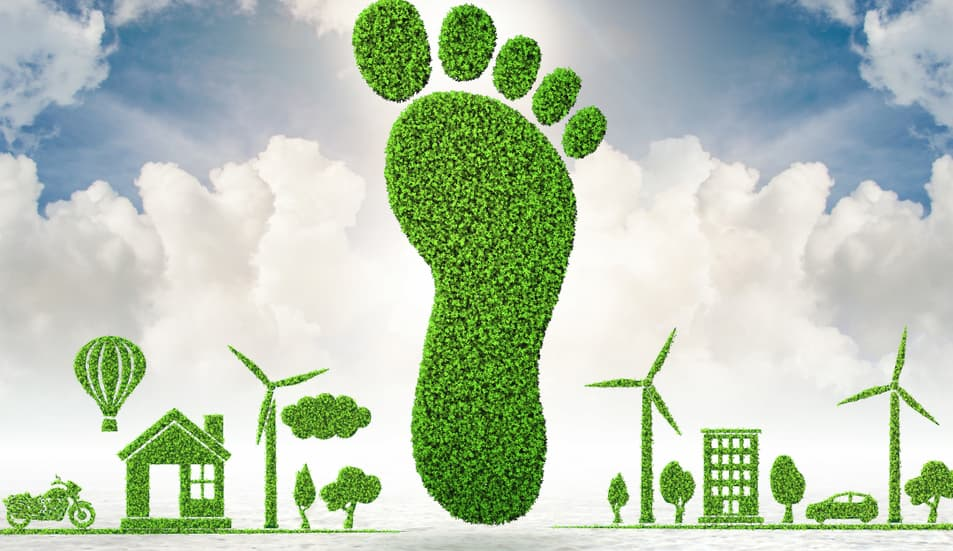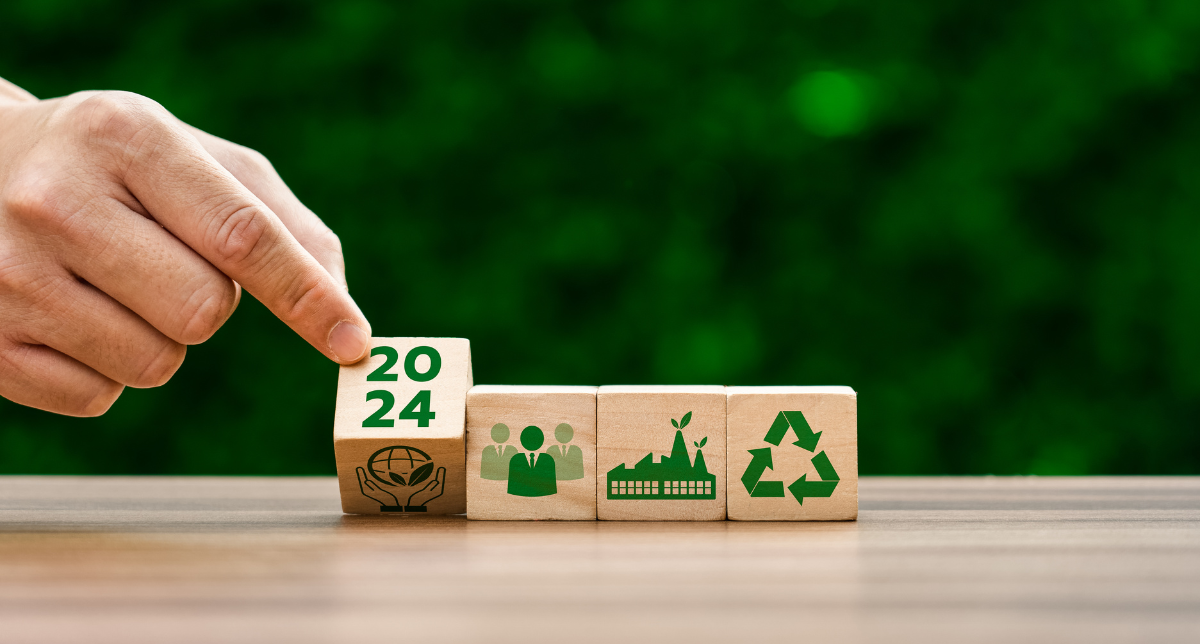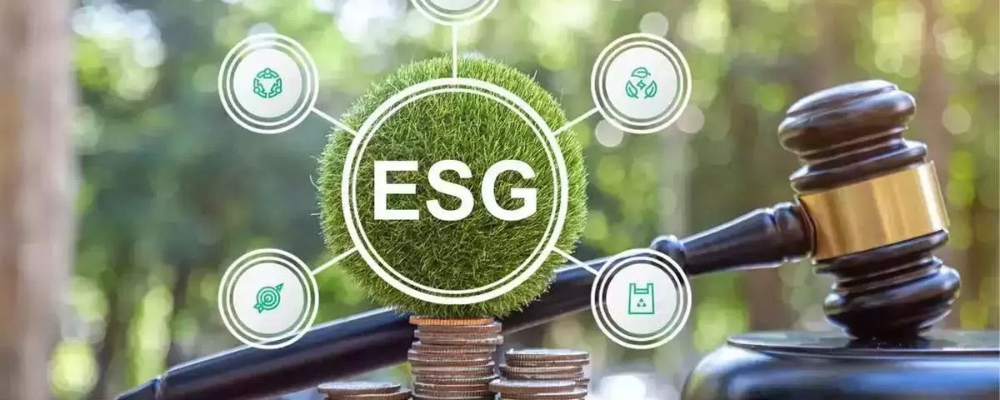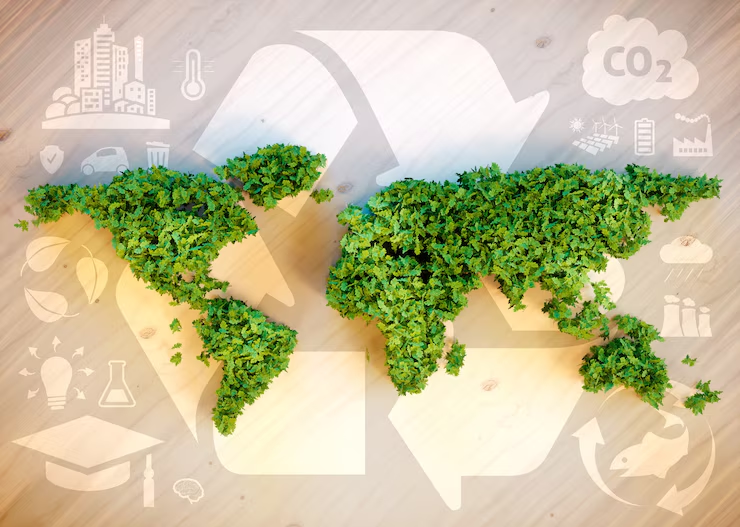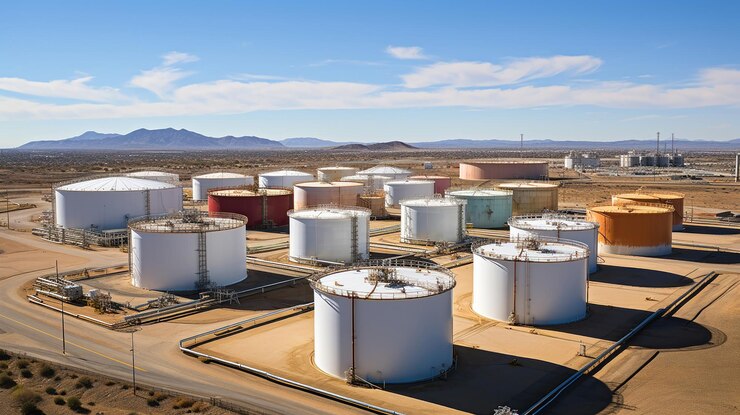How is circular economy related to sustainability?
Let's understand circular economy by understanding different, yet related terms and theories.
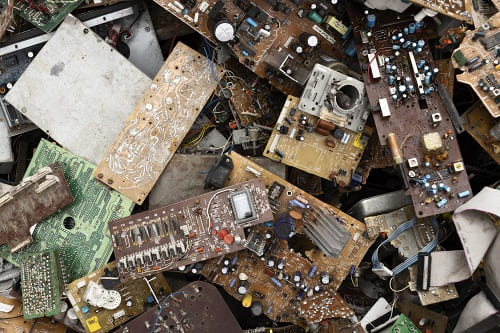
A circular economy contributes to a more sustainable world, but not all sustainability initiatives contribute to circularity. Circularity revolves around the management of resource cycles, whereas sustainability encompasses a broader scope, encompassing aspects related to people, the environment, and the economy. Both circularity and sustainability are rooted in a longstanding lineage of interconnected visions, models, and theories.
Different, yet related terms and theories
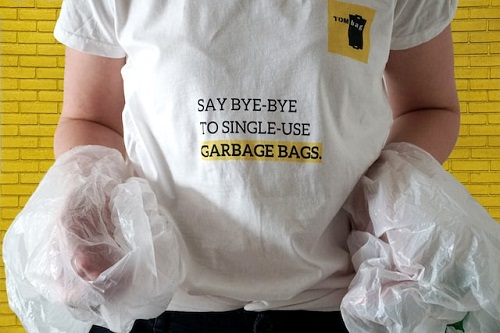
Regenerative design
The idea behind the refreshing design, developed by American professor John T. An insight from the 1970s, proposed by Lyle, suggests that processes within all systems have the potential to recycle their energy and materials. As a result, demand from society meets within the limits of nature.
Performance Economy
Walter Stahel developed the vision of a closed-circle economy, including the principles of life extension, product repair and waste prevention. Selling services instead of products is an essential part of his thinking: everyone pays for the performance of a product. It leads to the concept of the performance economy.
Cradle-to-cradle
In the cradle-to-cradle model, developed by Michael Braungart, industrial and commercial processes materials are considered raw materials for technological and biological reuse. Design is literally from cradle to cradle – During the design process, the product's entire life cycle and the raw materials are considered. Specialized raw materials do not contain any environmentally harmful components; biological raw materials are completely biodegradable.
Industrial Ecology
Industrial ecology entails the study of material and energy movement, wherein waste generated within industrial cycles is repurposed as a primary resource for subsequent procedures. Consequently, production processes are designed in such a way that they resemble ecological processes.
Biomimicry
Biomimicry is a concept pioneered by Janine Benyus, involving drawing inspiration from the natural world. Biomimicry imitates designs from nature and applies these to solutions in human society.
Green Economy
The Green Economy, defined by the United Nations Environmental Platform (UNEP), is an economy that results in increased well-being and increased social equality while at the same time significantly reducing environmental risks and ecological scarcity.
Blue Economy
The Blue Economy, conceptualized by Günter Pauli, represents an economic ideology that draws insights from the formation, production, and consumption patterns of natural systems. This knowledge is applied and converted into a solution for local environments with specific physical and ecological properties.
Bio-based Economy
A bio-based economy is an economy that does not run on fossil fuels but an economy that runs on biomass as a raw material. In a biobased economy, it is about using biomass for non-food applications.
The doughnut economy
The doughnut economy, developed by Oxford economist Kate Raworth, is a model for measuring the earth's prosperity based on the Sustainable Development Goals, and the planetary boundaries. Many planetary boundaries relate directly to 'unlocked' cycles, such as greenhouse gases, toxic substances, eutrophication, fresh water, aerosols ,and oxygen radicals.
The Intersection of Circular Economy and Sustainable Development Goals
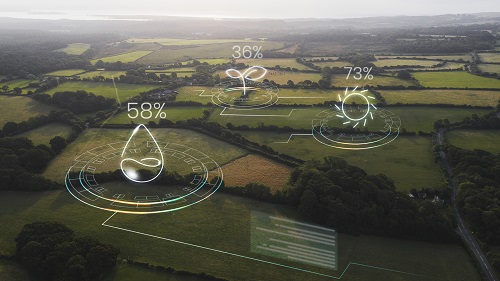
Circular economy serves as a means to effectively enact the objectives of the Sustainable Development Goals (SDGs). In particular, there is a strong relationship between SDG 6 (clean water), SDG 7 (affordable and clean energy), SDG 8 (work and economic growth), SDG 12 (responsible consumption and production), and SDG 15 (life on land). Elements within the circular economy, like the repurposing of household waste, electronic waste, and wastewater, offer a versatile toolkit for aligning with the Sustainable Development Goals (SDGs).
